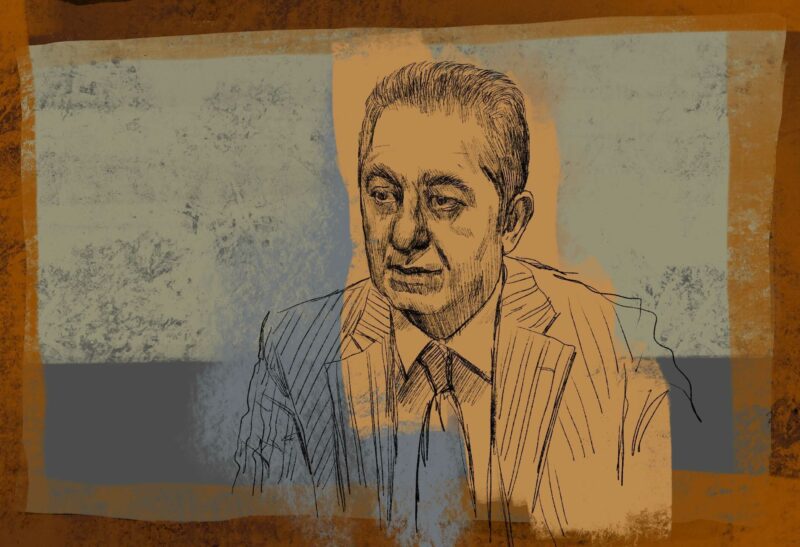Article originally published by Turan News Agency
***
On May 10
th,
Azerbaijan witnessed an unprecedented event – the pedestal of a statue of the “National Leader” Heydar Aliyev was covered in graffiti. The statue was located in the center of Baku across the street from the Central Bank, towards which the ex Azerbaijani President raises his out – stretched hand.
The “artists” of the graffiti (Qul Bayraminiz mubarek! (Happy Slave Day!) and F**k the syem!) were youth activists Bayram Mammadov and Qiyas Ibrahimov, one of which is a member of the moderate youth protest movement, N!DA Civic Movement, that has been persecuted by authorities for its numerous social protests, in particular after its event, “Say no to soldiers’ deaths”, which took place on Fountain Square in Baku on May 13th, 2013.
This time around, the reaction of authorities, despite prior reassurances of reforms in the police and judicial system, was quite standard. The youth activists were tracked, arrested, subjected to physical violence and locked away on chargers of drug trafficking. Several days later, three other youth activists who did not take part in the graffiti, were also arrested merely for having been in the vicinity of the statue while it was vandalized.
This event has been monumental for Azerbaijan for several reasons. First off: it is the first time that a statue to Heydar Aliyev has been vandalized. Second: it is graffiti that points to a worsening crisis in the country: even official statistics, slickly doctored and beautified, reveal negative trends across the board in GDP, foreign trade, the consumer market. Third: it clearly shows that protest movements amongst youth are alive and well in the country. And fourth: there is a deep crack in the ideology of slavery that is being spread at schools, universities and in the mass – media for the past 20 years.
All aspects of life in Azerbaijan are saturated with authoritarian ideology. Such ideology is in conflict with the idea of a liberal society which is expressed through the world of pluralistic information and the ideology of free choice that has now captured the minds of young people, including offspring of the regime.
All of this must be understood in the context
of what had appeared to be a tentative truce between the government and civil society. In the beginning of 2015, the government temporarily ceased its program stretching back three years to seek out and arrest leading members of civil society. Over the course of these three years, several hundreds were arrested in an attempt to “clean” society of these political undesirables. A number of them still figure into the list of Azerbaijan’s political prisoners.
The present challenge of this graffiti shows that this authoritarian political system has no future, and all the attempts of the government in order to preserve it are absolutely senseless.
As a subculture, graffiti has always been perceived as oppositionist to any authority, even a democratic one, regardless of its messages, be it cultural, political, economical or ideological.
Graffiti is feared for its prophetic qualities. Let’s take the student protests in France in 1968, for example. The disturbances in France began during the short-term fall of the economy after its long-term progressive rise, followed by the strengthening of the charismatic personality of Charles de Gaulle and governmental interference in the lives of the freedom-loving French. These events culminated in multiple strikes, the resignation of de Gaulle and the reforms of the 5
th
Republic which were founded in respect for human rights and freedoms.
Graffiti in Azerbaijan, even non-political graffiti, is no different from graffiti in France, Great Britain or any Arab state. People should pay more attention to any form of it. Young people, in contrast with the older generations, are more sincere and righteous in their aims. Honore de Balzac once said:
“T
ruth is like a bitter drink, unpleasant to the taste but restoring to the health
.”
The article reflects the opinion of the author and as such may not coincide with the edited article presented by Meydan TV.



